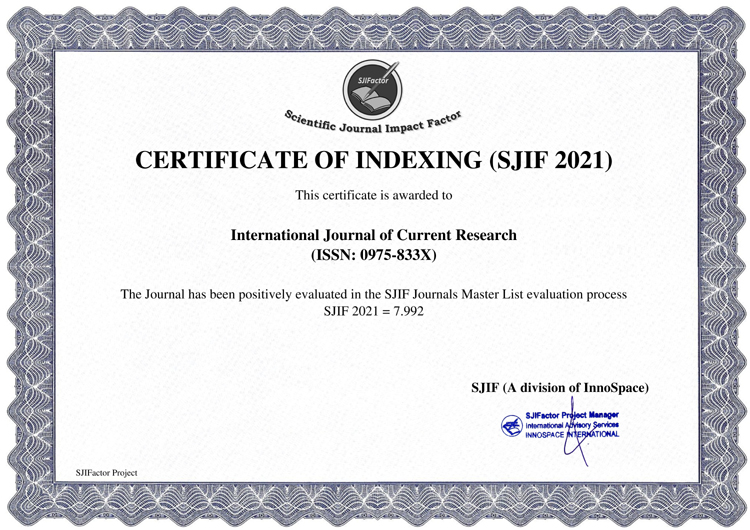Migration is a prime political issue: it is regulated by local, national and supranational processes; it engages some of the most brilliant thinkers of our time; it sparks numerous public debates and scientific studies (Castles e Miller, 2018; Mantovan, 2007). Some scholars also believe that migrations over the past twenty years has fundamentally contributed to restructure social conflict within contemporary society (Zincone, 2000; Sirkeci and Cohen, 2016; Kriesi et al., 2012). “Assimilationist, multiculturalist and mutual accommodation” approaches have not helped us understand and manage the migration issue better over the decades. Furthermore, over the years European States have never expressed unified policies regarding issues of reception and integration (Freeman, 2004). In Europe the migration narrative expressed by various governments has relied for years on demographic needs rather than a widespread sense of inclusion. In our exploration we analyse the various Italian policies and the contradictions that arise from them, considering migration a completely legitimate expressive form of the human condition, while we find that the mass media narratives often describe migrant irregularity as a condition frequently associated with illegality. The tension between the status of irregularity and regularity poses a challenge for local and national governments to create innovative and effective policies that can fully address the needs, arising from the conflict between the two conditions. We acknowledge from the scientific literature (Zanfrini, 2021; Mostaccio, 2021; Corrado and Perrotta, 2012; Reyneri, 1998) that irregularity is functional to the labour market and the maintenance of productive segments that would otherwise be in crisis such as agriculture, domestic work, elder care, and the food industry and its distribution (Cheliotis, 2017). Current policies, in our opinion, accept clandestinity within complex regulatory frameworks, intertwining entries, stabilizations, work, and family with undeclared illegality. There is a legislative vacuum accompanied by an organisational void, and by friction among government levels in managing migration flows. The territorial dimension, then, serves as a background to this complex scenario, where migrants represent an element capable of shaping and reshaping cities: questioning them, stimulating them, and promoting unusual social scenarios and urban renewal (Sassen, 2009). Our analysis reveals that at least four dimensions are involved in the phenomenon, namely: the education of minors children of immigrants; access to healthcare; access to housing; and, finally, welfare measures. Public policies along these four axes play a decisive role, as do the Funds made available by Europe, reflected in various national welfare measures. Nowadays it is widely recognized that the arrival and the irregular stay of migrants cannot be managed solely through control policies or through the application of disincentives (Ambrosini, 2010). After a careful analysis of the measures implemented by the central government, including the establishment of "detention camps" in Albania, we ask ourselves whether this is the best way to manage migrations which are an integral part of individual conditions and expressions. Is the Italian model capable of meeting migration needs and managing the migration issue?. Can the integration developed by local governments be considered successful in its inclusion goal?. Does "social solidarity" by encouraging a widespread local reception minimize conflict or does it risk exacerbating it? These are some of the questions, we attempt to address in this essay, which soon from its first lines demonstrates a social complexity, that sociology can attempt to elucidate.





